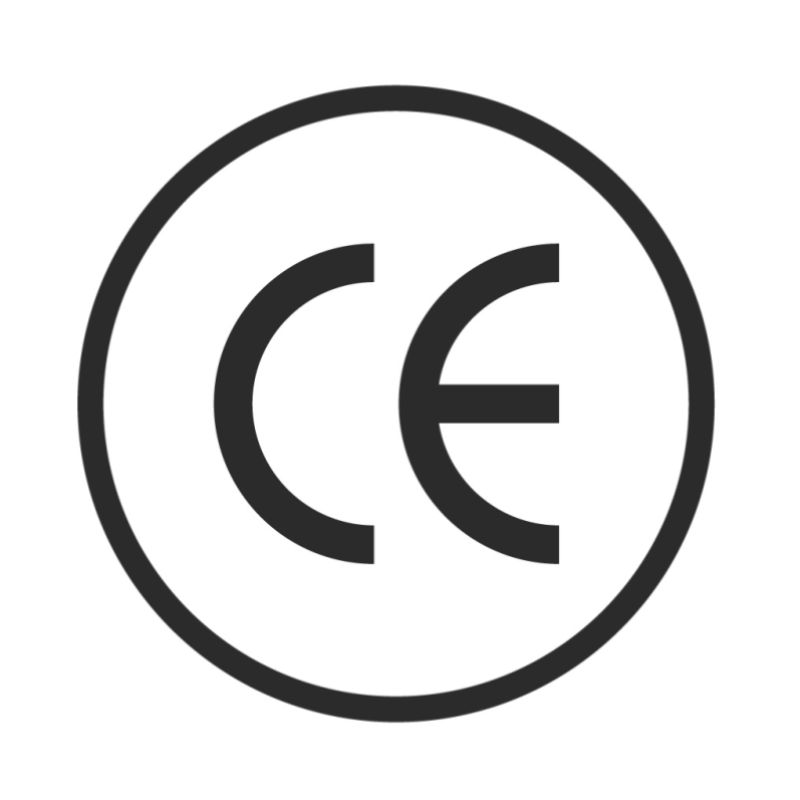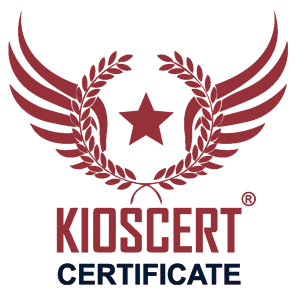
The CE certificate is a fundamental conformity mark required for a wide range of products to enter and be sold within the European Union (EU) market. This certificate serves as an official declaration by the manufacturer that the product meets all the essential requirements set forth by relevant EU directives and harmonized standards. These requirements cover various aspects including safety, health, environmental protection, and consumer protection. Having a CE mark on your product not only ensures compliance with legal obligations but also demonstrates a commitment to quality and safety, which can significantly enhance customer trust and market acceptance.
Obtaining a CE certificate is not merely a regulatory formality but a strategic business step that opens the door to the lucrative EU market. It requires adherence to a structured process that includes product evaluation, risk assessment, testing according to applicable standards, compilation of a technical file, and issuance of the Declaration of Conformity. Each of these steps must be meticulously followed to guarantee that the product consistently meets the stringent EU requirements. Failure to comply can lead to market restrictions, penalties, or product recalls, which underline the importance of engaging experts like Kioscert to manage this process effectively.
Beyond legal compliance, possessing the CE mark serves as a competitive advantage by signaling to distributors, retailers, and consumers that your product adheres to the highest standards of safety and performance. This can enhance your brand reputation, increase consumer confidence, and facilitate smoother trade across EU member states. Kioscert’s dedicated team ensures that you not only achieve certification but also maintain ongoing conformity through post-certification support and guidance, helping you stay ahead in a dynamic regulatory landscape.
Steps of the CE Certificate Acquisition Process
The following stages are carried out sequentially in the CE certificate acquisition process:
- 1. Product Identification and Determination of Directives: The first step is to determine which EU directives your product is subject to. At this stage, Kioscert experts identify the necessary directives according to your product's characteristics.
- 2. Selection of Conformity Assessment Methods: The conformity assessment procedures specified in the EU directives may vary per product. Kioscert determines the most suitable and fully compliant procedures for you.
- 3. Preparation of Technical Documentation: All technical information, test reports, risk analyses, and user manuals related to the product are gathered to create the technical file.
- 4. Conducting Product Tests: Product tests are carried out according to the necessary standards. Tests are reliably completed through Kioscert laboratories or partner test centers.
- 5. Issuance of Declaration of Conformity: As the manufacturer, you officially declare that your product complies with the relevant directives.
- 6. Application of the CE Mark on the Product: After completing the technical file and declaration, the CE mark is placed on the product, and it is introduced to the EU market.
Important Note
Receiving professional support during the CE certification process reduces the risk of errors and accelerates the process. Kioscert supports you in all stages to secure the EU compliance of your products.
Requirements and Application Process of CE Marking
CE marking is mandatory for products to be sold in the European Union market to meet compliance requirements. At Kioscert, we help you fully understand the requirements of CE marking and manage your application process correctly.
CE marking must be done to certify that products meet safety, health, environmental, and consumer protection standards. This mark guarantees the product's compliance with EU legislation.
Basic Requirements of CE Marking
The following basic requirements must be fulfilled for CE marking:
- 1. Conformity Assessment: The product's compliance with relevant EU directives must be proven through tests and evaluations.
- 2. Preparation of Technical File: A technical file including the product's design, production, and test results must be created.
- 3. Declaration of Conformity: The manufacturer or authorized representative must declare that the product complies with the relevant standards.
- 4. Application of CE Mark: The CE mark must be visibly, legibly, and permanently placed on the product.
- 5. Market Surveillance and Follow-up: Compliance and safety conditions must be maintained after the product is introduced to the market.
Security with Professional Support
CE marking is a complex process; Kioscert guides you at every step with its experienced team and ensures that all requirements are fully met.
Fast and Effective Solutions in CE Certification with Kioscert
The CE certification process is an important step for products to be legally marketed in the European Union. At Kioscert, we facilitate our clients' work by providing fast, accurate, and effective solutions at every stage of this process.
Considering the complexity and requirements of the process, obtaining professional support provides advantages in terms of both time and cost. Kioscert makes CE certification hassle-free with its experienced expert staff and comprehensive service network.
Advantages Provided by Kioscert
- Expert Consultancy: Detailed knowledge and experience on CE directives and standards.
- Testing and Analysis Services: Fast and reliable testing opportunities in laboratories cooperating with Kioscert.
- Preparation of Declaration of Conformity: Official declaration of conformity prepared to complete the process.
- Fast Process Management: Rapid coordination and communication in application and certificate acquisition phases.
- Legal Compliance Monitoring: Continuous support by keeping you informed of regulatory changes and updates.
Time and Resource Savings with Kioscert
Thanks to Kioscert’s professional approach in your CE certification process, you save time and costs. Thus, you can quickly bring your products to the market and gain a competitive advantage.
